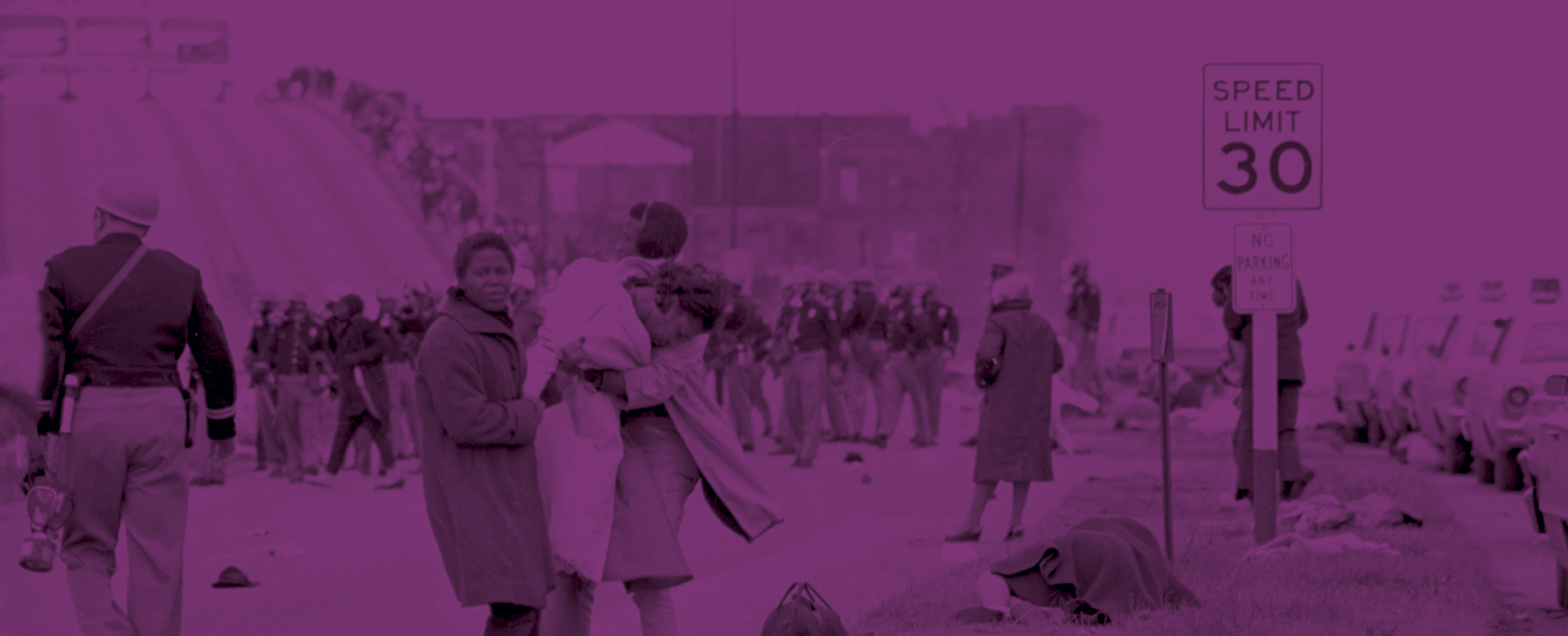
DISPERSE
Most foot soldiers fled across the
Edmund Pettus Bridge toward Selma and the safety of their homes and churches.

Police continued to assault marchers both on the bridge and in the streets. When a group of foot soldiers sought refuge at the First Baptist Church, armed police entered the sanctuary and violently attacked and forcibly removed the protestors. The violence continued for several hours. Meanwhile, that evening ABC News interrupted their broadcast of Judgment at Nuremberg to show clips of what became known as “Bloody Sunday.” The sight of armed police assaulting peaceful protestors helped expose the brutal tactics southern governments were willing to employ to oppose Black voting rights.
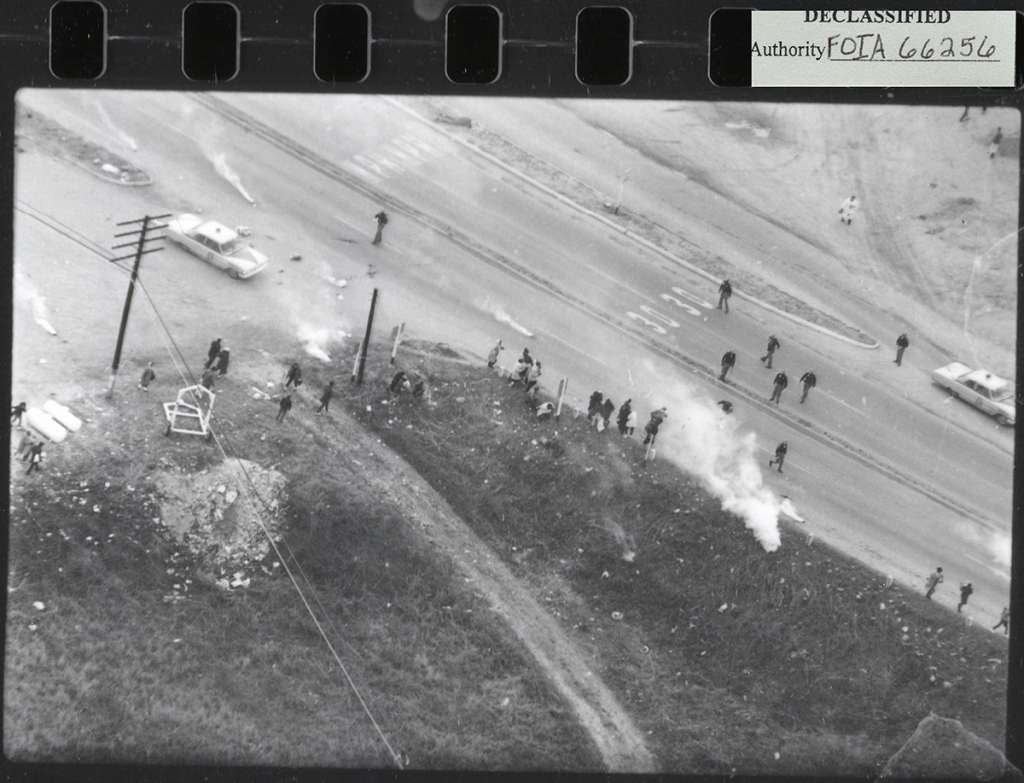
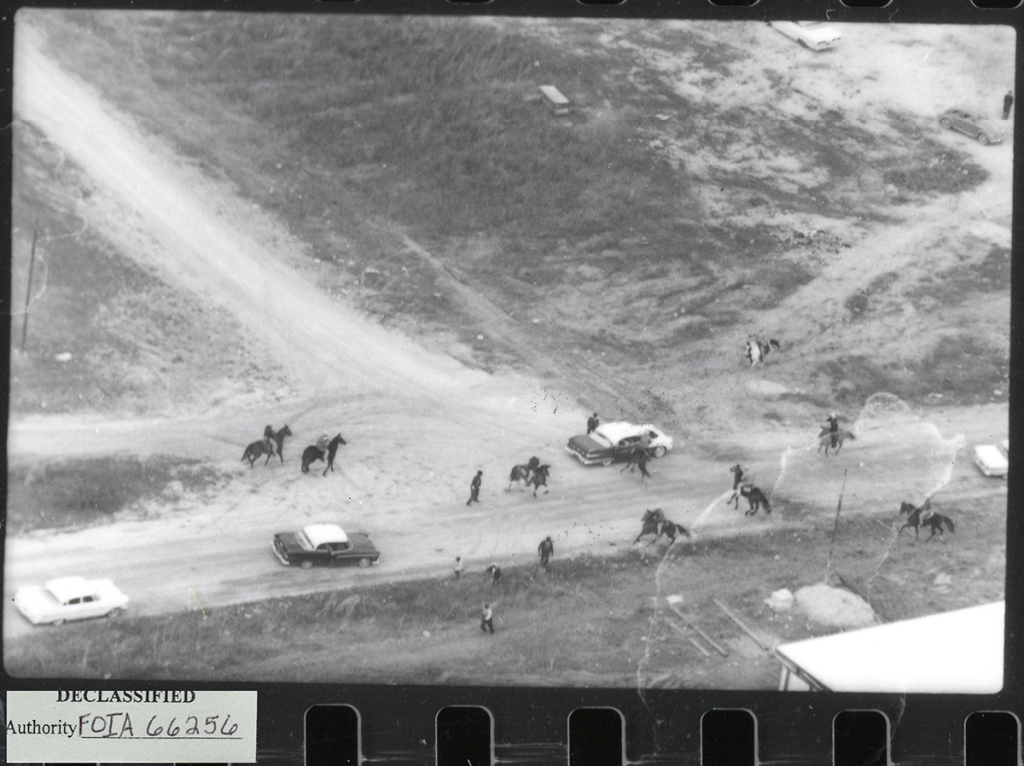
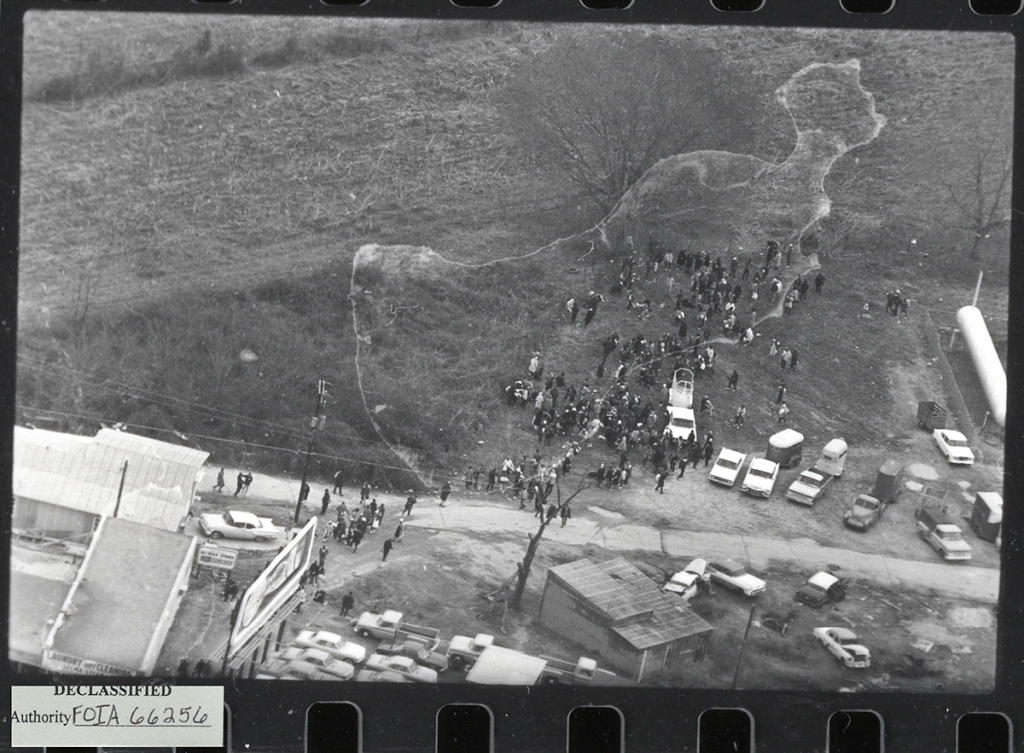
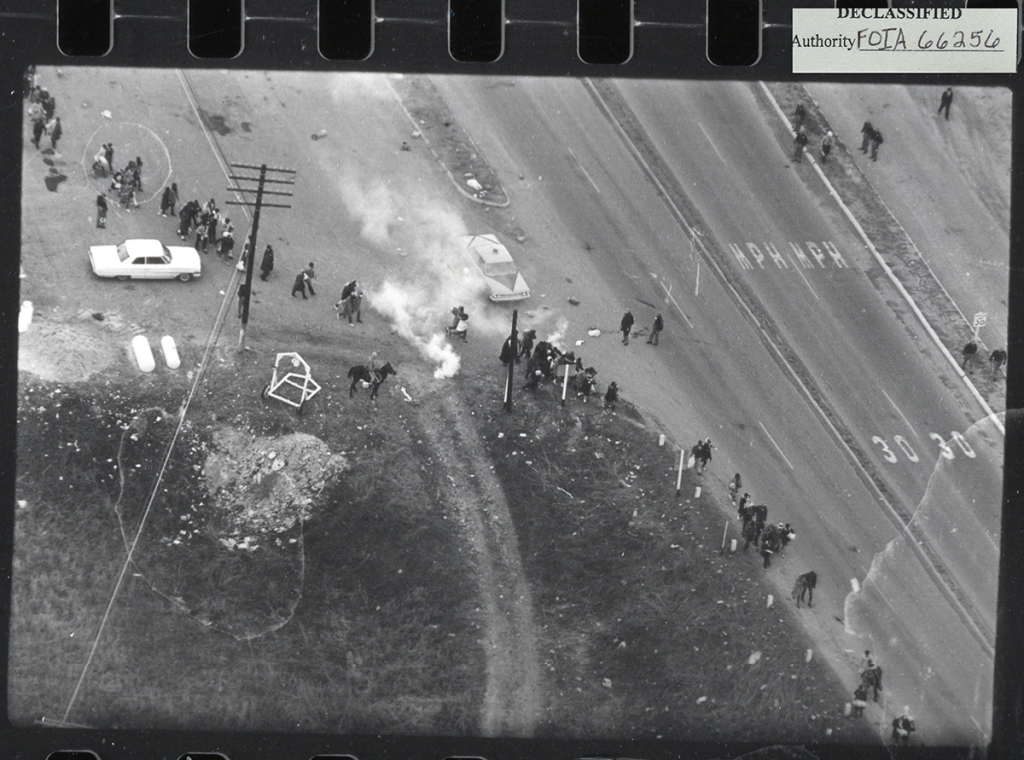
AFTER THE TEAR GAS
The peaceful marchers retreated in several directions after being assaulted by law enforcement. Several marchers ran through parked cars and into nearby fields where they were pursued and regrouped. The Dallas County posse men followed all marchers across the Edmund Pettus Bridge and back to Selma.

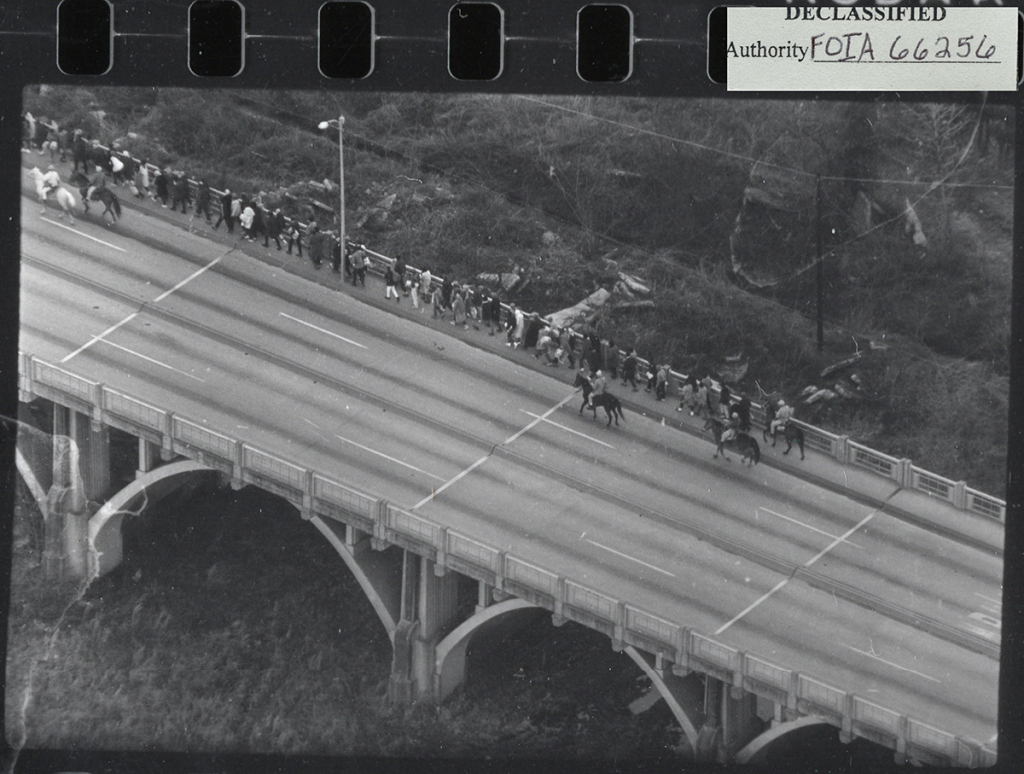
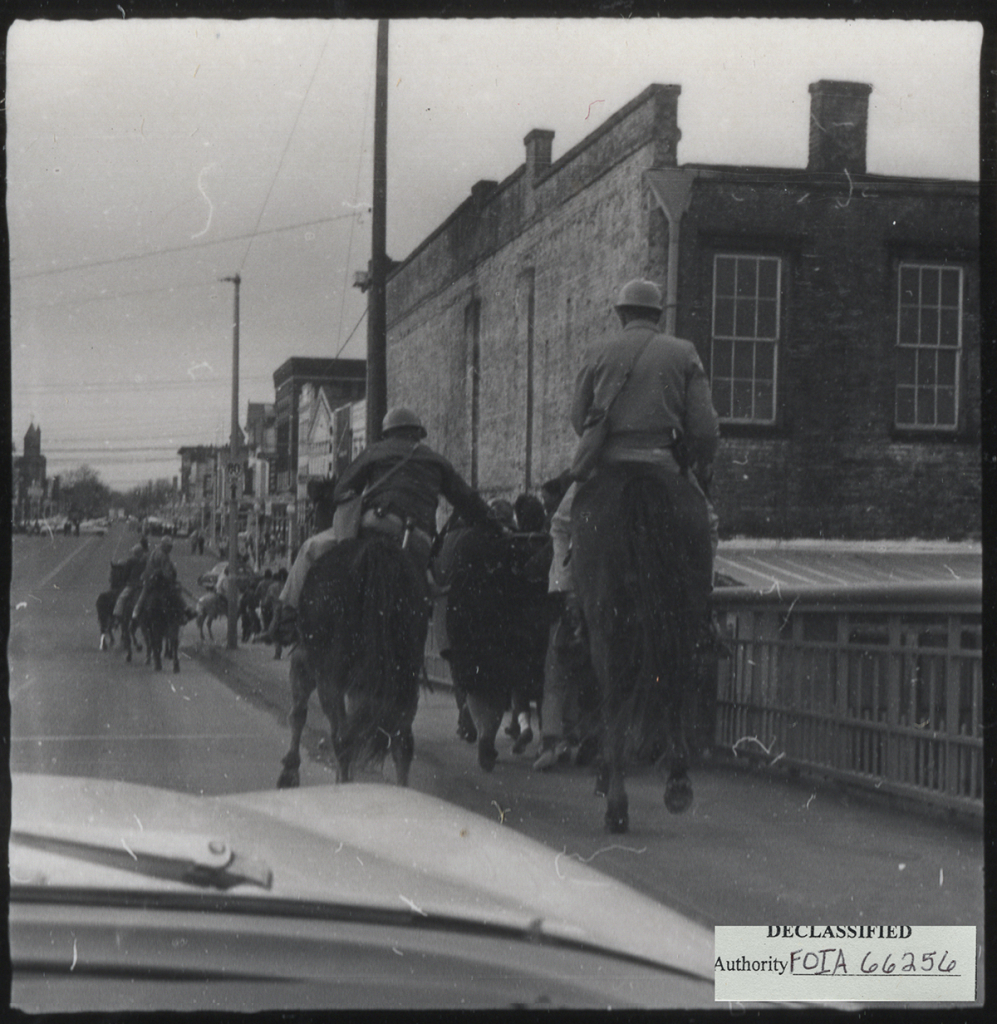

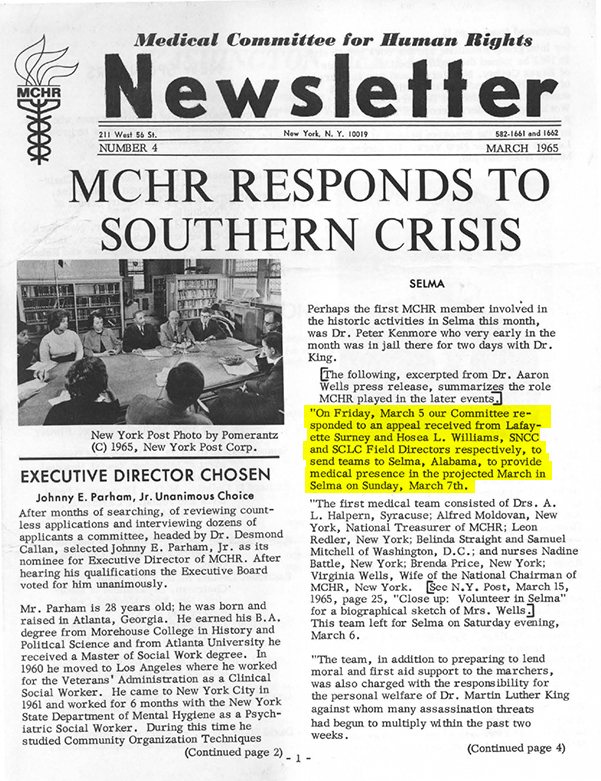
MEDICAL COMMITTEE FOR HUMAN RIGHTS
Systemic racism across the American South had deprived most Black citizens of adequate access to medical care. Most Black communities lacked hospitals. Many lacked Black physicians and nurses. The Medical Committee for Human Rights (MCHR) formed to help address these issues by sending health care professionals into the South to provide a broad range of services.
Prior to the Bloody Sunday, members of the MCHR had been working in Mississippi where they faced violent attacks from white supremacists. On Bloody Sunday, the MCHR transformed their mobile health clinic into an ambulance used by Linda Dugan to render aid and evacuate the many wounded foot soldiers, including local civil rights leader Amelia Boynton, that had been assaulted by Alabama law enforcement.

from, ”Selma is Now” by Doug McCraw and Tracy Morgan. University of Texas Press. 2025 →
Judgment at Nuremberg
This 1961 motion picture starring Spencer Tracy depicted the events of the 1947–1948 military tribunal held in Nuremberg, Germany,
to prosecute Nazi leaders for crimes against humanity. On the evening of March 7, 1965, American television audiences found it especially shocking that Alabama police had so cavalierly used violence to disrupt a nonviolent protest. The plight of European Jews victimized by the Nazi Holocaust resonated with the struggle Black Americans faced to secure civil equality.
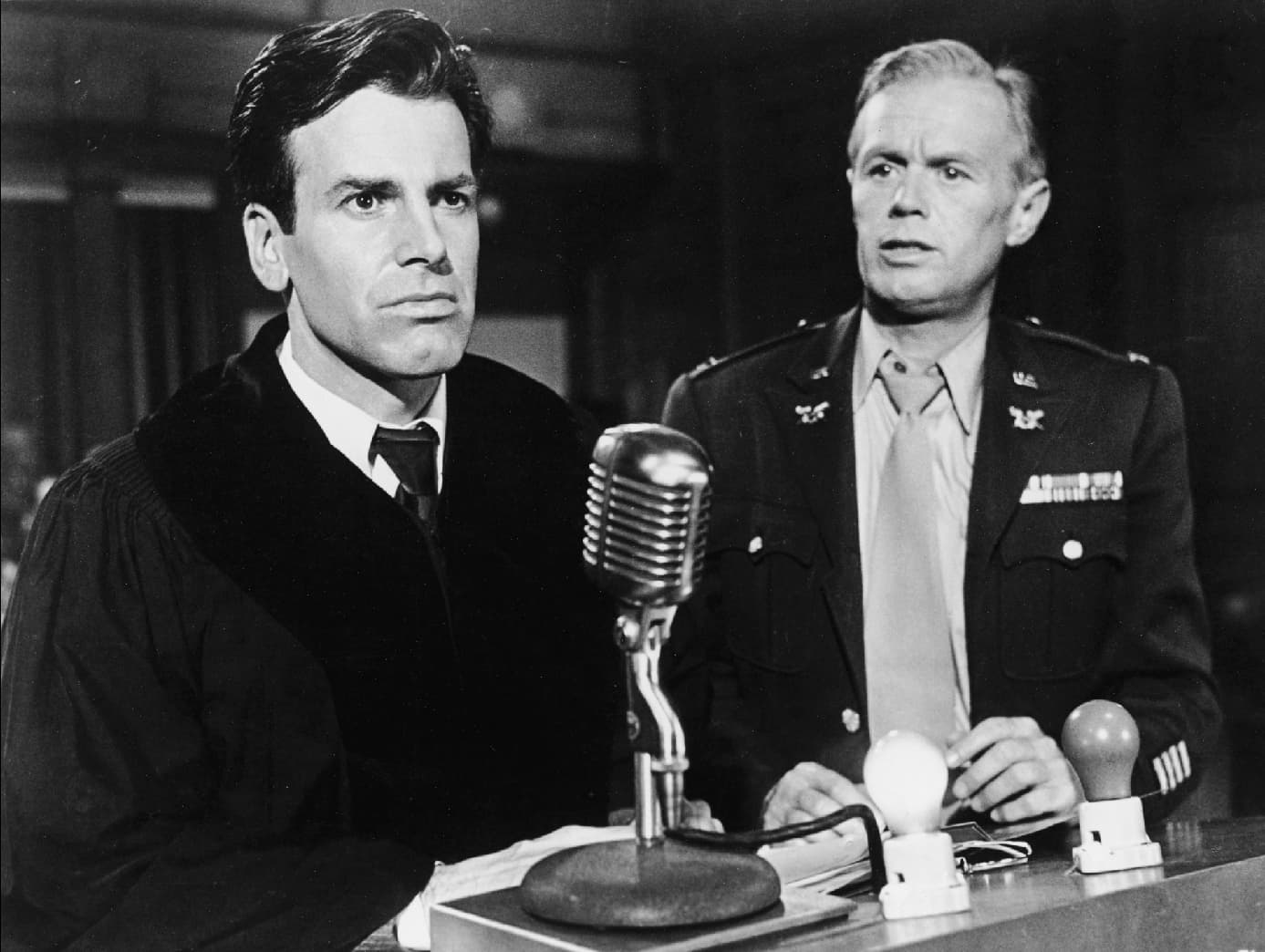

Impact of Television
On the evening of March 7, 1965, ABC news anchor Murphy Martin interrupted a broadcast of the film Judgment at Nuremburg to share with the nation the horrific images of Alabama law enforcement officers assaulting unarmed Black marchers in Selma. Civil rights leaders understood the power of television. The Student Non-violent Coordinating Committee (SNCC) communicated frequently with various media outlets in the days leading up to Bloody Sunday to ensure that their protests and the likely violent reaction from law enforcement would be captured and shared with people outside of Alabama. In addition to being a major turning point in helping Black citizens exercise their constitutional right to vote, Bloody Sunday also remains one of the most notable moments in American television history.